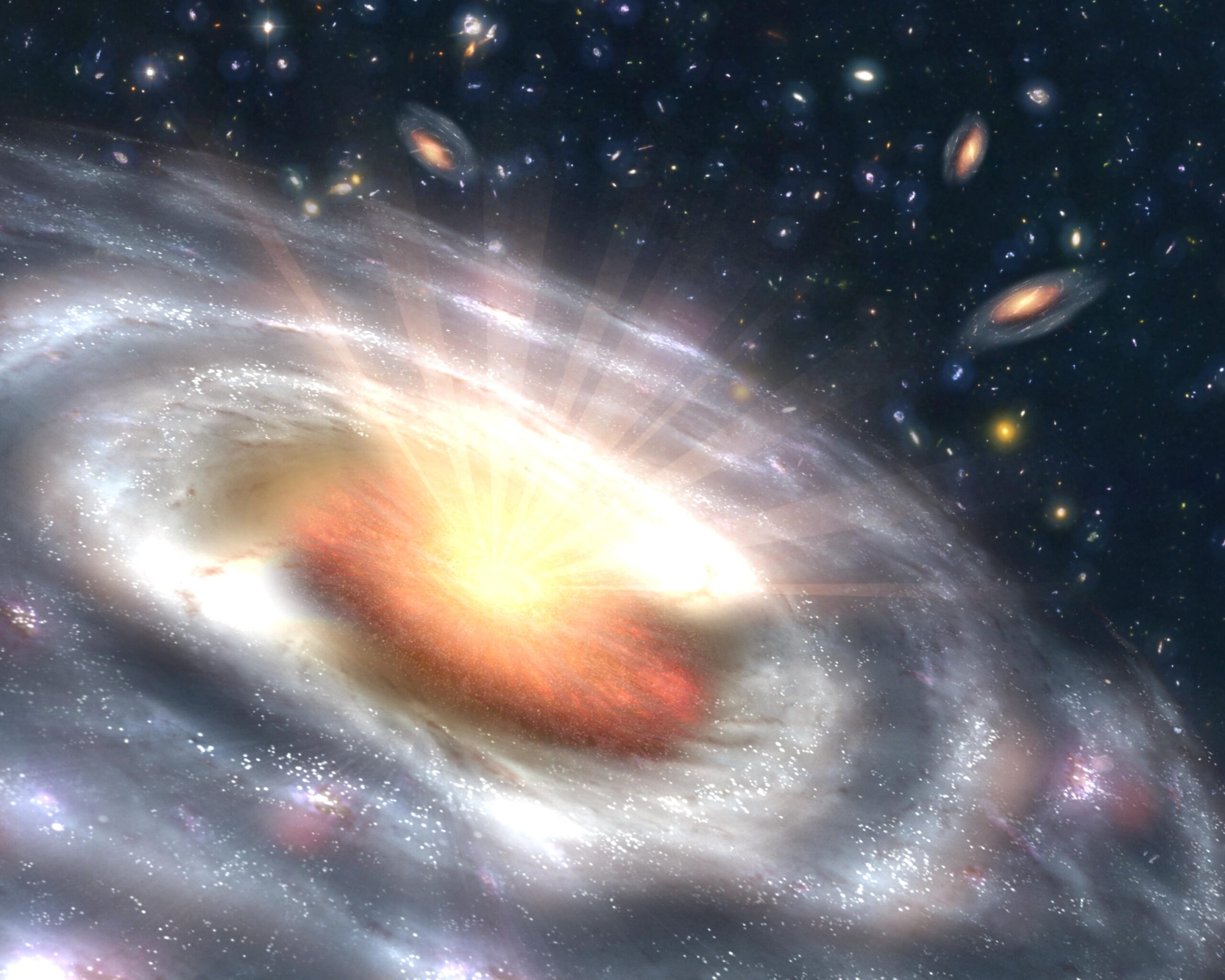Astrophysics Branch
Marshall Space Flight Center's Astrophysics Branch uses space and ground-based observatories to peer back to the earliest epochs of the universe, unravel its mysteries, and study the most violent explosions in our galaxy and beyond. Our goal is to help discover how the universe works, explore how it began and evolved, and search for life on planets around other stars.

The supermassive black hole in the center of the Milky Way is spinning so quickly it is warping the spacetime surrounding it into a shape that can look like a football, according to a new study using data from NASA’s …
“Sagitarius A”: Telescopes Show the Milky Way’s Black Hole is ready for a Kick Read More »
On February 3, IXPE completed its prime mission and began the General Observer phase of the mission. During its 754-day baseline Science mission, IXPE conducted 115 total polarimetry observations of 64 distinct sources, for a total exposure of 439 days …
Imaging X-ray Polarimetry Explorer (IXPE) Completion of Baseline Science Mission Read More »
At the recent winter AAS meeting, Michael Katz volunteered for two 1.5 hour shifts at the PhysCOS booth talking with folks about PhysCOS and other areas of NASA and astrophysics. Katz also participated in the Multimessenger LISA workshop that took …
LISA Representation at the American Astronomical Society (AAS) Winter Meeting Read More »
Astronomers have discovered one of the most powerful eruptions from a black hole ever recorded. This mega-explosion billions of years ago may help explain the formation of a striking pattern of star clusters around two massive galaxies, resembling beads on …
Philip Kaaret (ST12) is a coauthor on the paper, “Soft X-Ray Energy Spectra in the Wide-field Galactic Disk Area Revealed with HaloSat”, published in the Astrophysical Journal. The first author was Kazuki Ampuku, a student at Nagoya University, who completed …